Defining the Project Aesthetic: Rugged Functionalist
For my final project, I’m designing a portable camp table that embodies a mix of functionalism and rugged outdoor design. This table is meant to be more than just a flat surface—it’s a purpose-built tool that serves my specific needs in an outdoor environment. My goal is to create something that balances durability, efficiency, and adaptability while still maintaining a raw, workshop-like aesthetic.
This project is important to me because I don’t just want to create something for the sake of aesthetics alone. I want to design something that will become a useful tool in my daily life, something that fits into the environments I care about. Whether that’s a workshop, a campsite, or any outdoor space, my table will be a product of the principles I value most—customization, functionality, and making something that is uniquely mine.
Core Design Elements
The overall design will focus on collapsibility, meaning the legs will be able to be removed and stored with the tabletop. I want it to be easy to transport, meaning that the materials have to strike a balance between lightweight and durable. The table should be able to handle tools and gear, so its structure needs to be strong enough to support weight without unnecessary bulk. Ideally, I want to incorporate a modular aspect, where additional storage or attachments could be integrated, but without sacrificing the simplicity of the design.
While my design choices lean toward a raw, practical aesthetic—showcasing materials rather than hiding them—I started to think about how different aesthetic approaches could drastically change not just how the table looks, but how it functions.
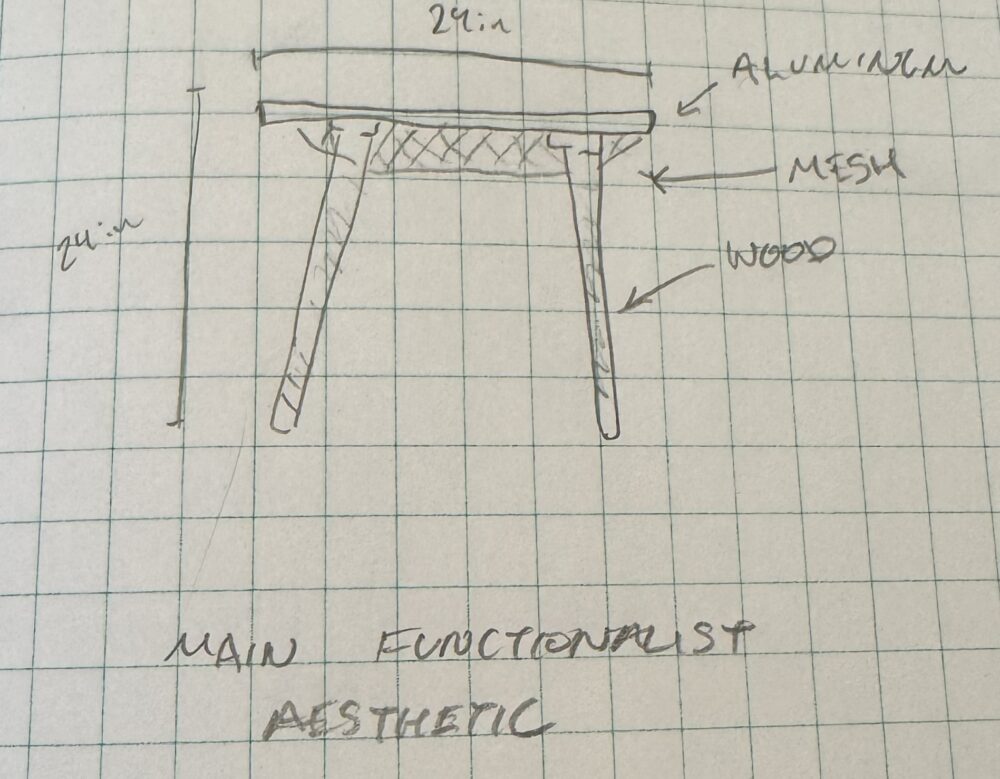
Alternative Aesthetic: Minimalist
One alternative would be an minimalist version of the table. Instead of emphasizing durability and raw materials, this approach would focus on weight reduction, sleek modern surfaces, and a more polished, seamless design. The materials might shift to carbon fiber, anodized aluminum, or composite materials that emphasize precision rather than ruggedness.
Instead of exposed fasteners and a utilitarian structure, the design would have hidden hinges and joints, making it appear as seamless as possible. This table would likely be much lighter and more refined, but it might not be as durable in rough environments. Instead of being something designed for an outdoor workspace, it might function better as a compact, transportable work surface for urban settings.
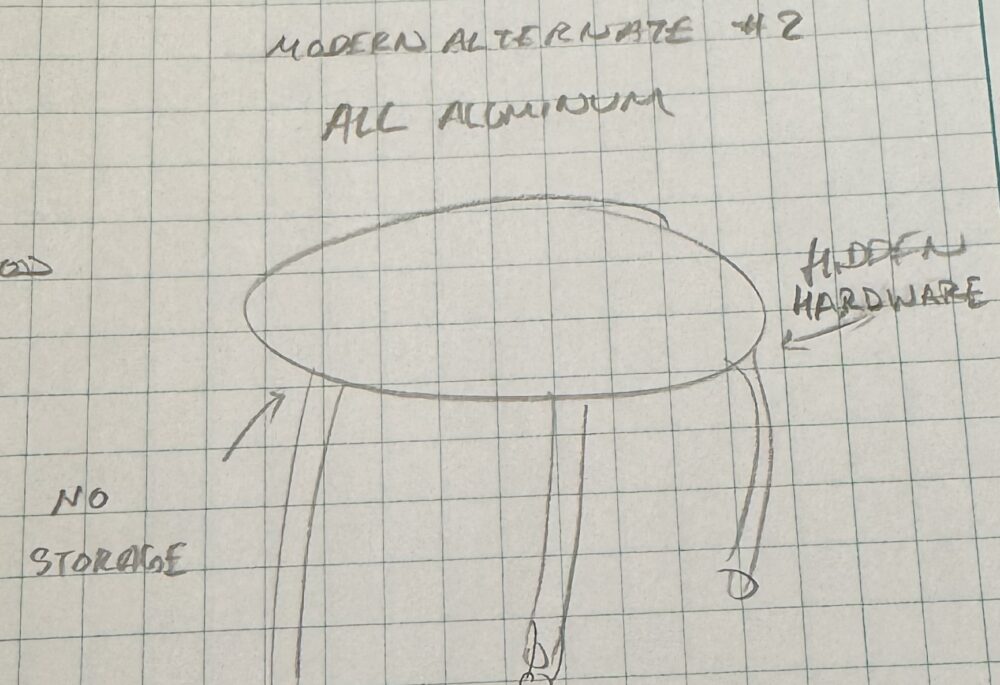
Alternative Aesthetic: Rustic
Another alternative would be a rustic take on the table. Instead of a workshop or outdoor gear aesthetic, this would lean into a historical, decorative approach—something like an explorer’s writing desk from the 1800s. The wood might be dark-stained with brass or leather details, and the tabletop could feature engraved patterns or inlaid materials.
The materials would be heavier and more refined, making the table feel like a one-of-a-kind piece rather than something built for hard use. This version wouldn’t fold or collapse as easily, but it would be something that could live in a permanent outdoor space like a cabin or a library-inspired workspace.
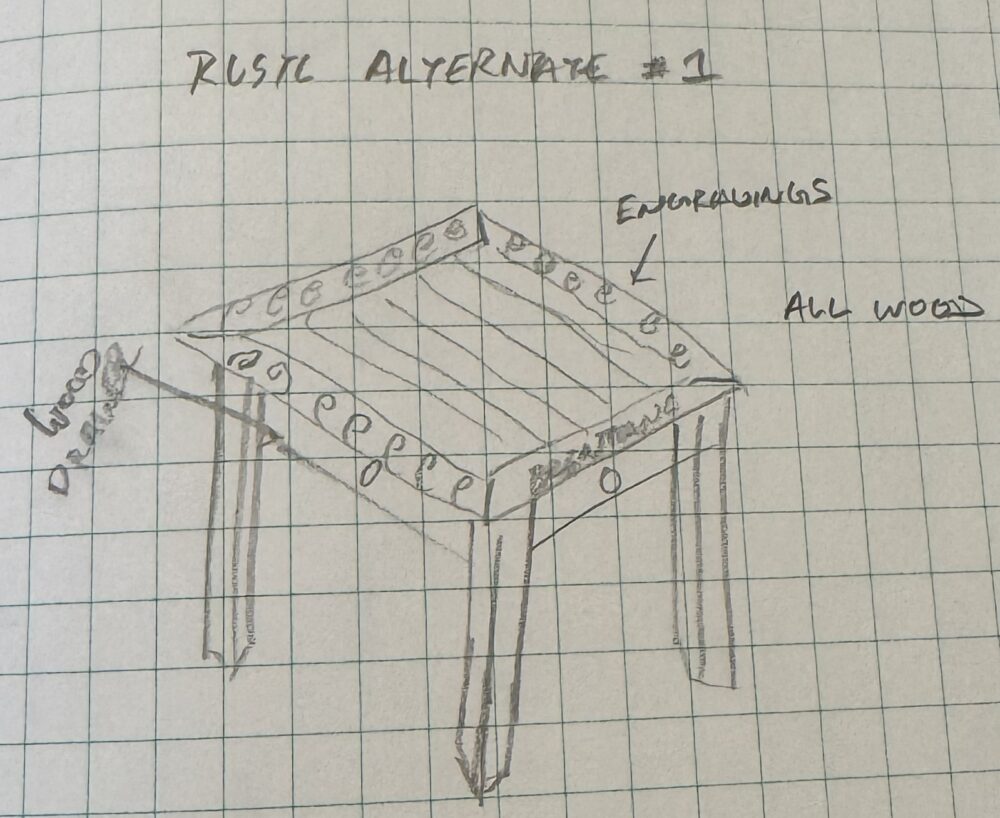
Exploring these alternate aesthetics has helped refine my vision for the project. While I won’t be shifting to a completely different style, I do see opportunities to take small influences from both. From the ornate version, I could add small personal touches, such as a branded engraving or a finishing detail that gives the table a sense of uniqueness. Both have elements that are appealing in their own right, but neither fully captures what I want from this project. I value a design that is both practical and rugged, something that isn’t afraid to show the materials and engineering that went into it.
Feature Photo: https://www.amazon.com/Coleman-Compact-Roll-Top-Aluminum-Camping/dp/B005G0XFEM/ref=asc_df_B005G0XFEM?mcid=b5941e2b9dfe378d887b3a814fbef3a6&hvocijid=8752415351187243992-B005G0XFEM-&hvexpln=73&tag=hyprod-20&linkCode=df0&hvadid=721245378154&hvpos=&hvnetw=g&hvrand=8752415351187243992&hvpone=&hvptwo=&hvqmt=&hvdev=c&hvdvcmdl=&hvlocint=&hvlocphy=9198602&hvtargid=pla-2281435178298&th=1
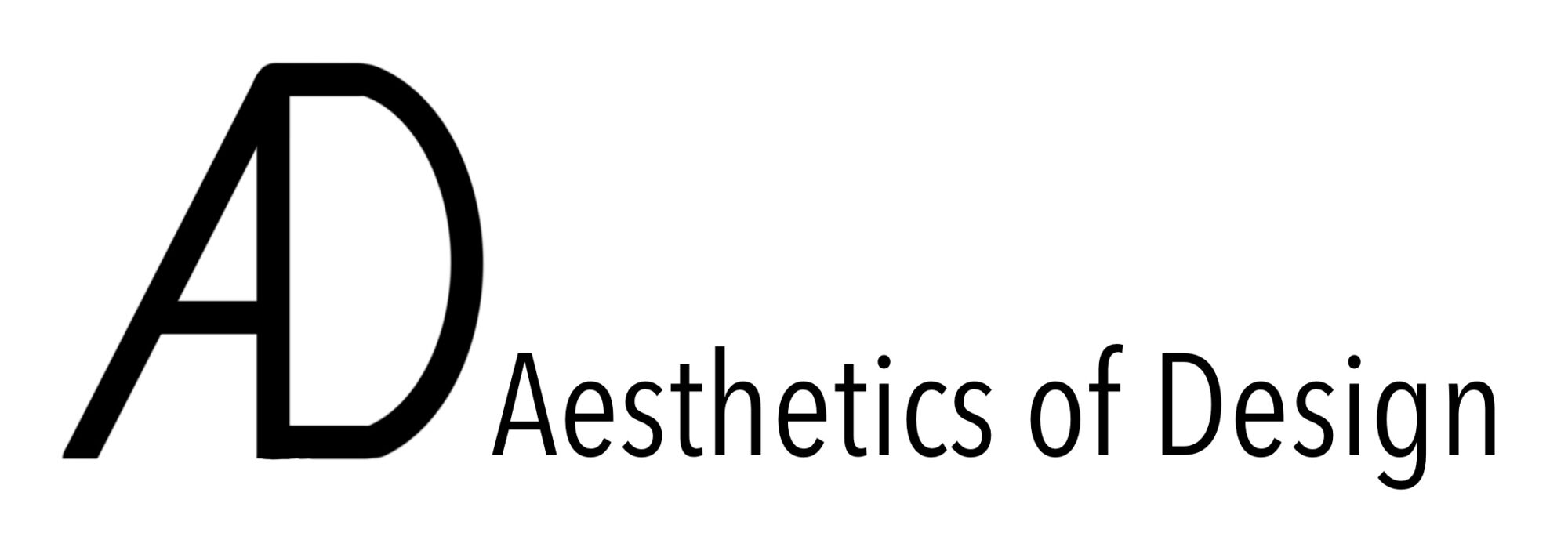
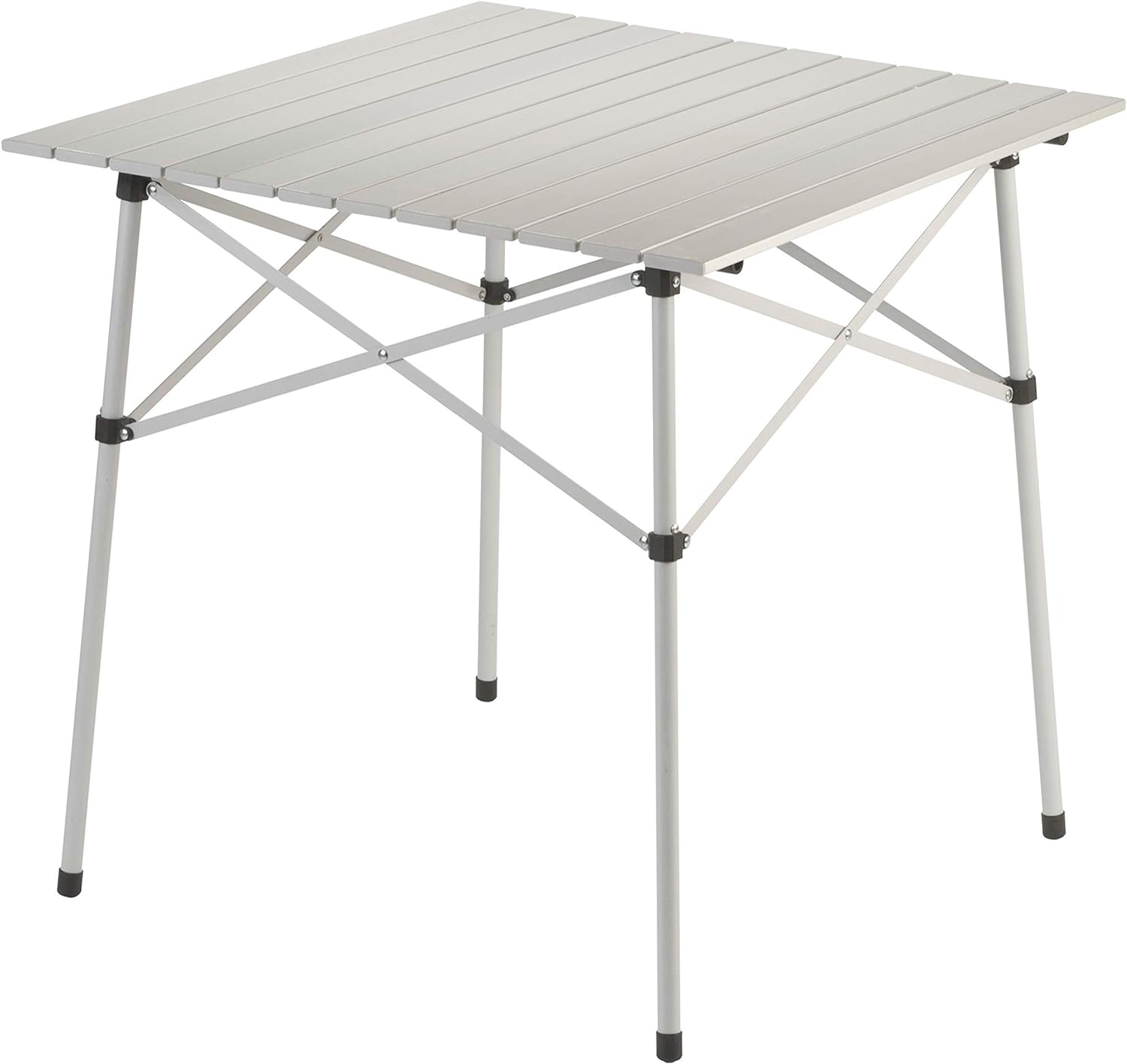
2 Comments. Leave new
Your approach to blending functionality with a rugged aesthetic is really well thought out, and I thought it was cool how you’re considering different design influences while staying true to your core vision. The collapsibility sounds like a key strength—have you thought about incorporating a quick-lock mechanism for the legs to make setup even faster? I also find it interesting how the minimalist and rustic variations both bring unique qualities, even though they don’t fully align with your intended use. Are there specific materials you’re leaning toward that best balance durability and portability for outdoor conditions?
This project sounds awesome—you’ve put a lot of thought into making something that’s not just functional but also fits your lifestyle. The focus on durability and adaptability makes total sense for an outdoor setup, and the collapsibility is a solid choice for portability. I like how you explored different aesthetics, especially the contrast between the rugged, minimalist, and rustic styles. Even though you’re sticking with the raw, workshop-like vibe, adding small touches from the other styles could make it even more unique. Can’t wait to see how it turns out!